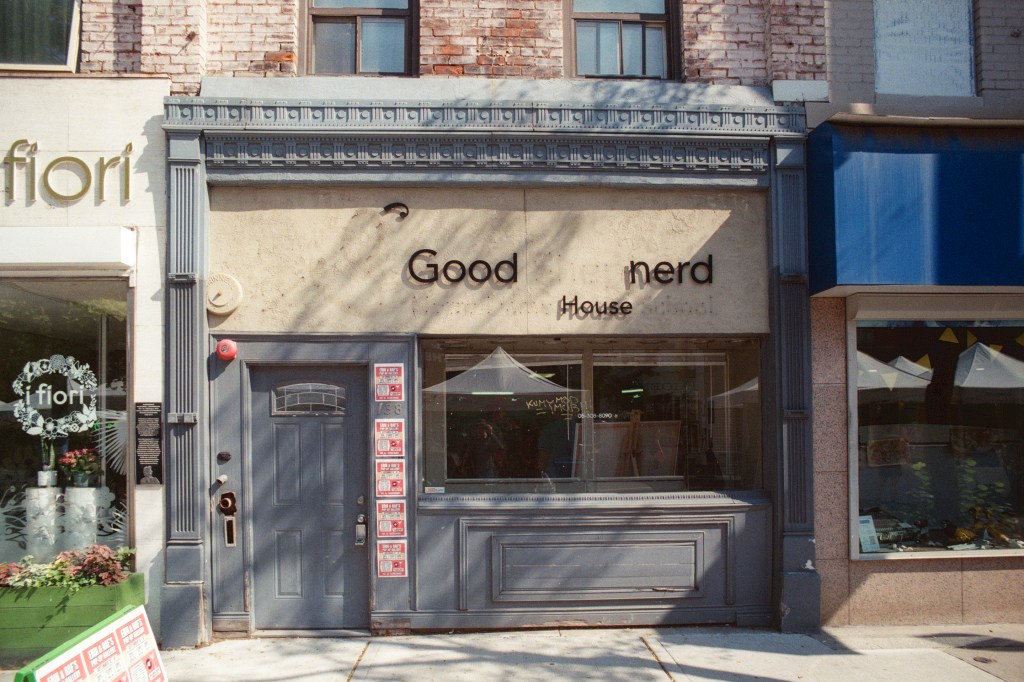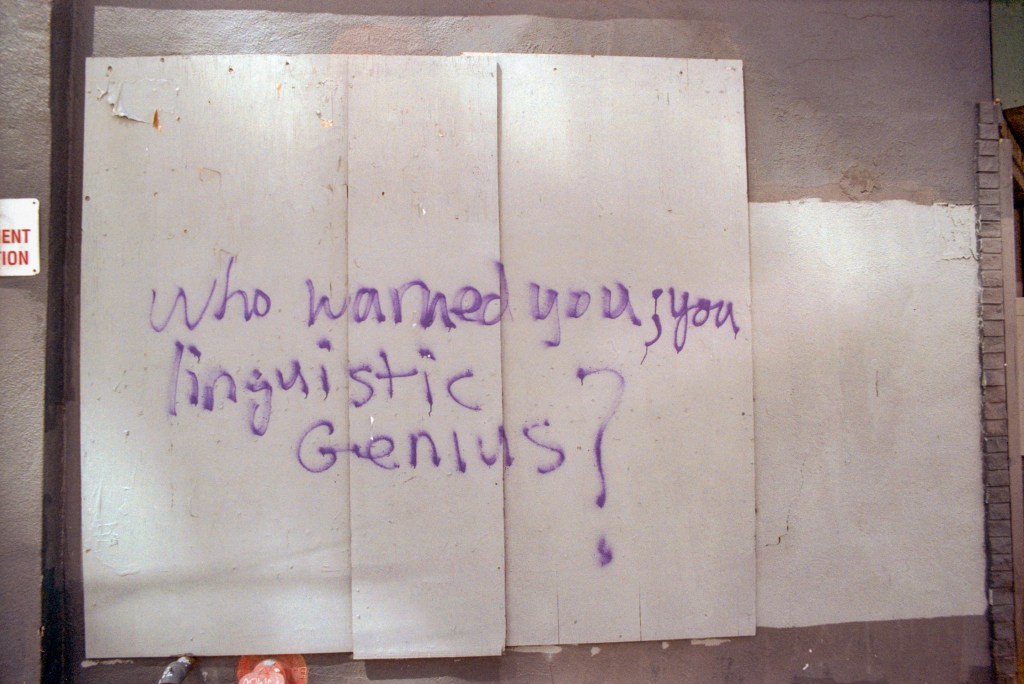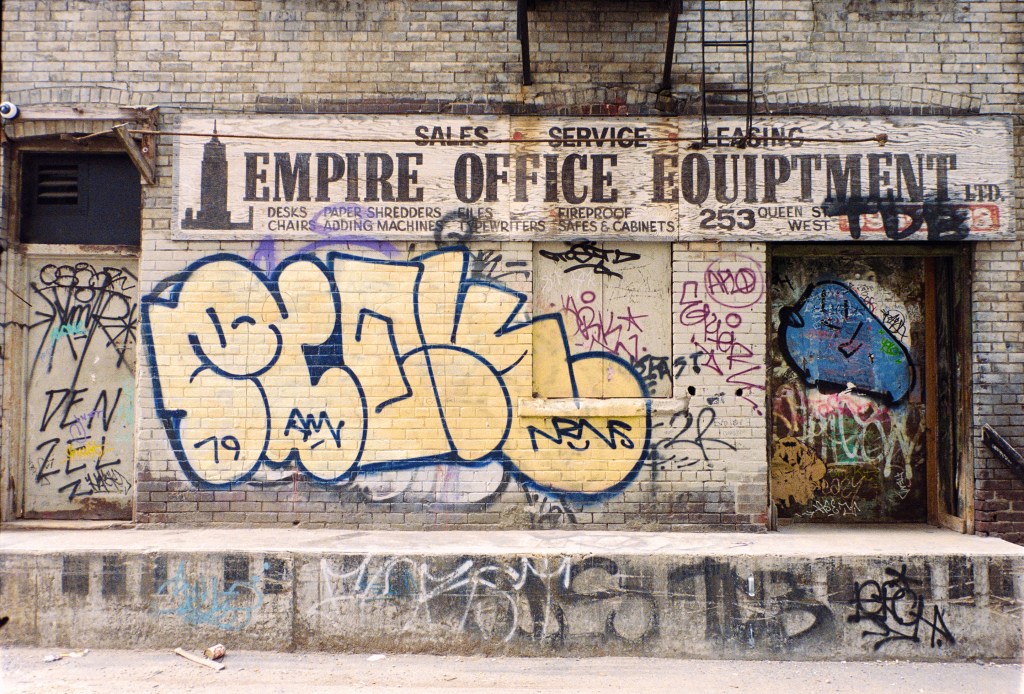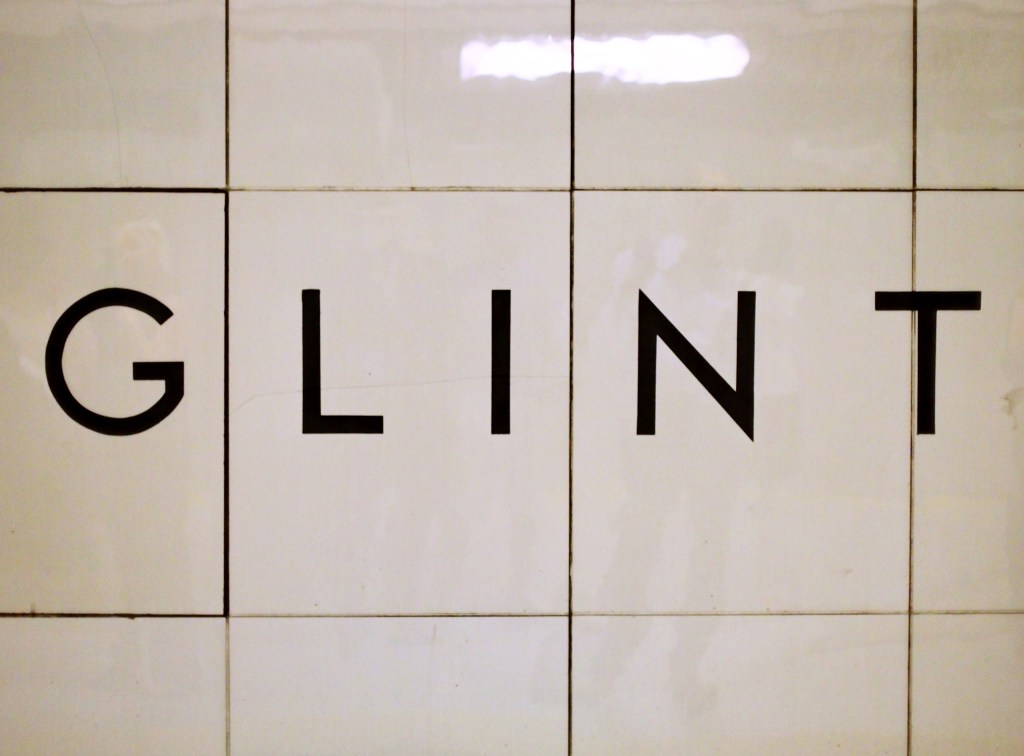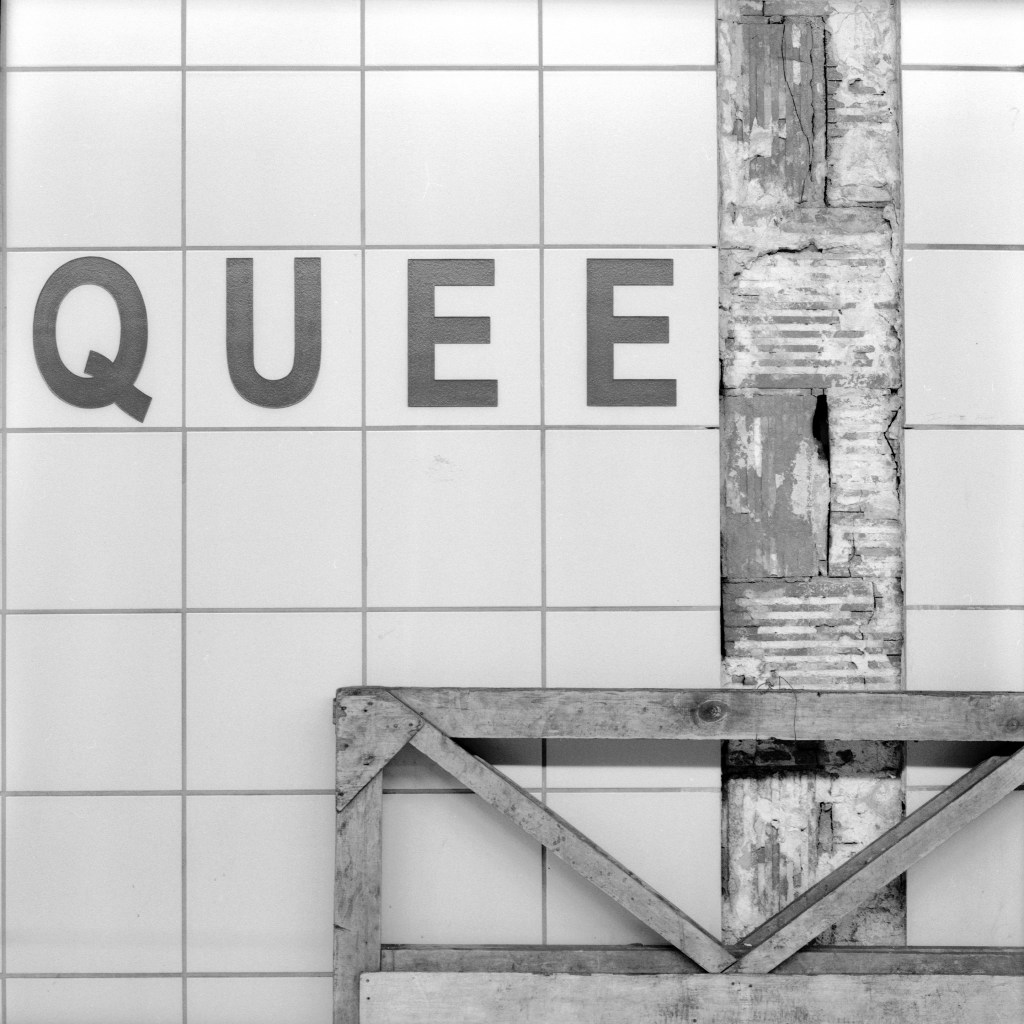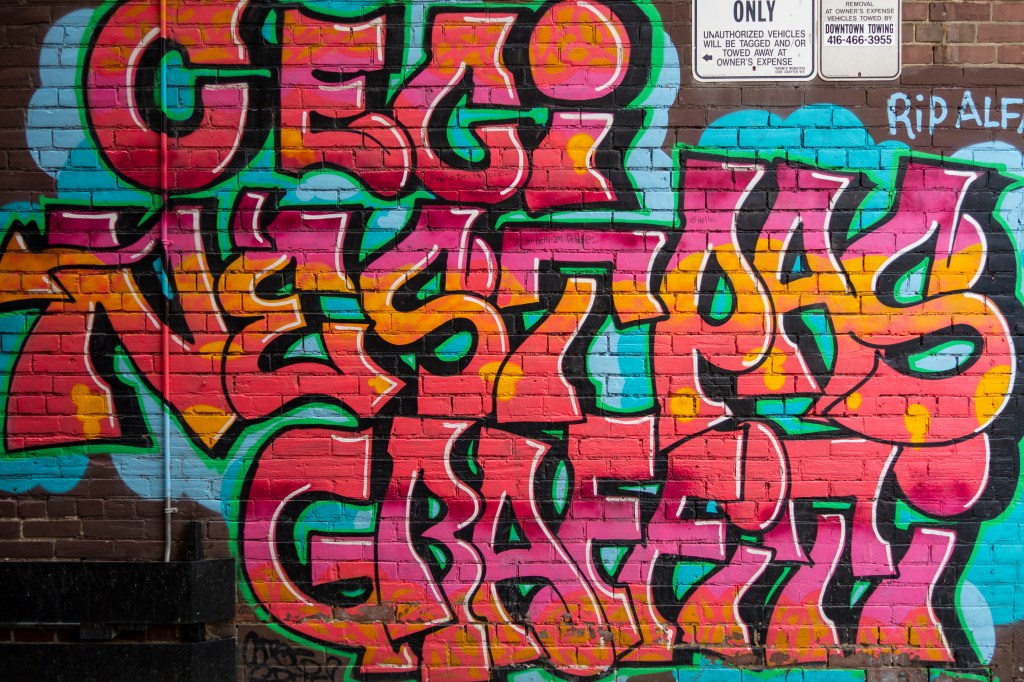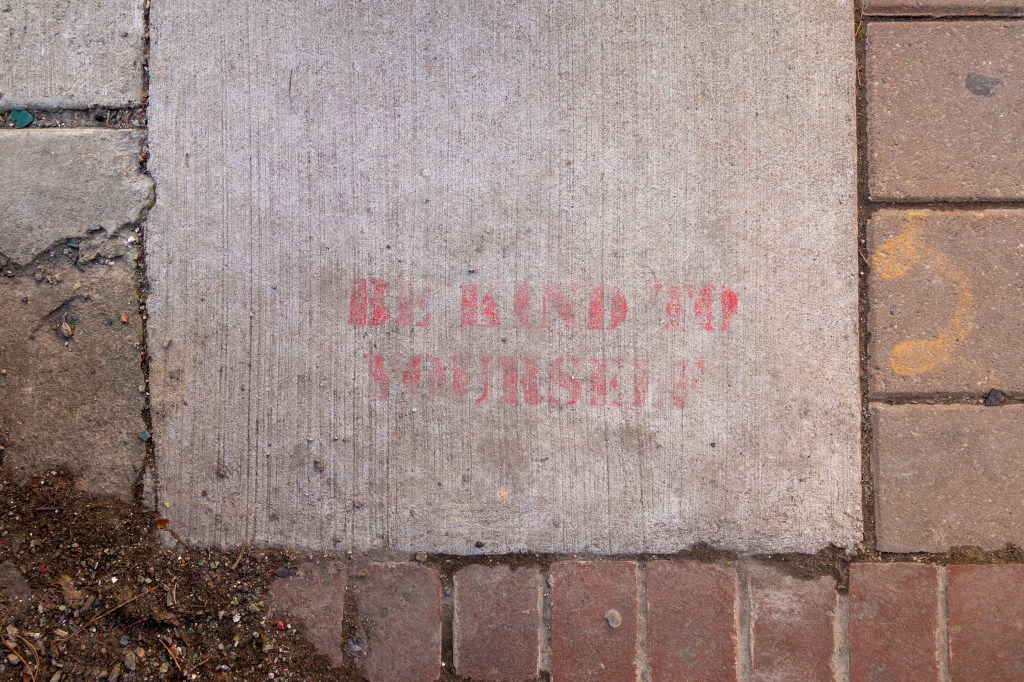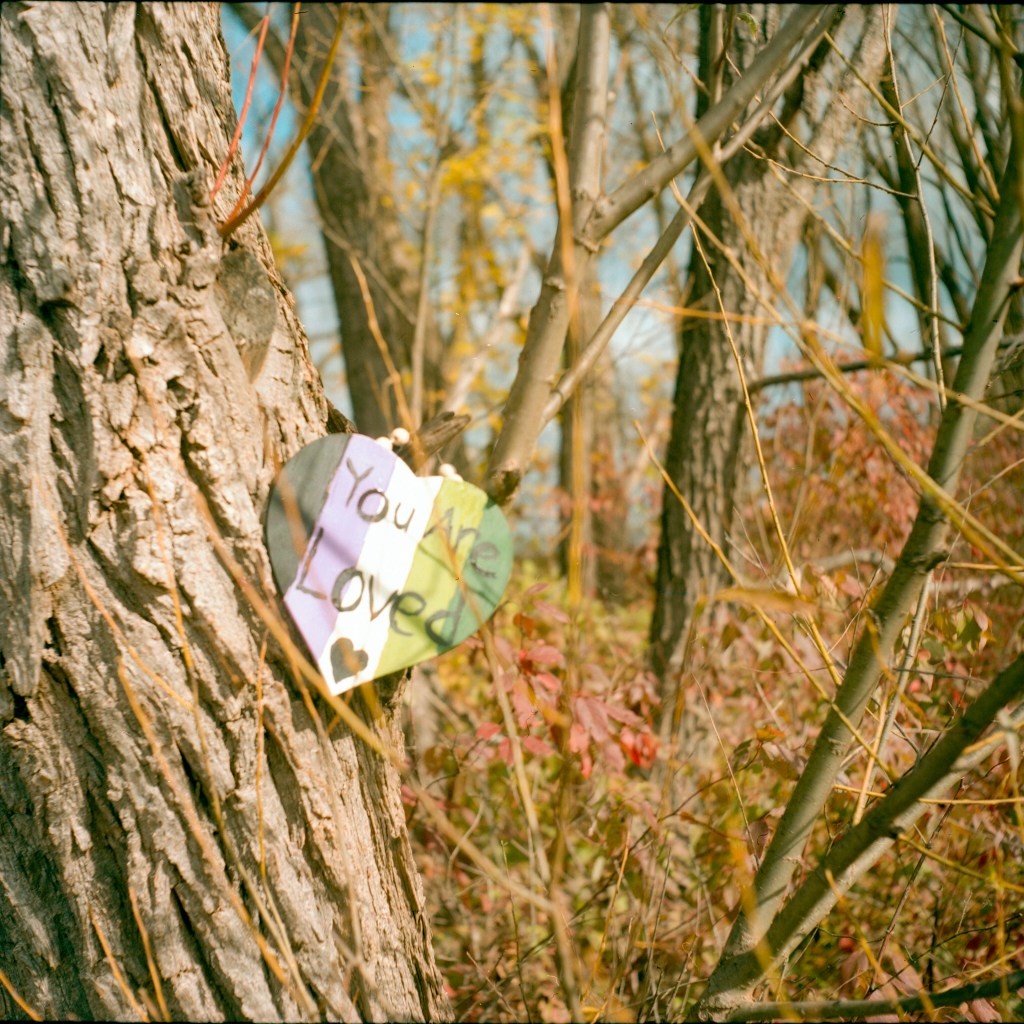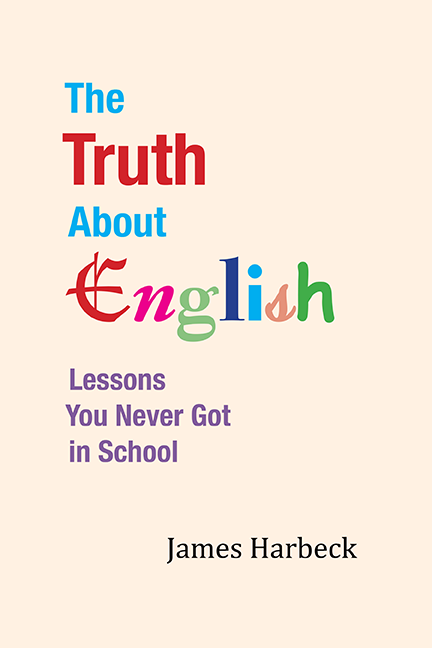You’re sailing past the Hebrides when you unexpectedly hear music from a rocky islet. You look to the source and see several lasses on the shore. One is a deejay. Another one is singing. Next to them is one standing in the breeze, beckoning, ready to… throw you a rope to reel you in, perhaps? It all seems so inviting. But behind the others you see a short-haired, muscular one who appears, maybe, to have a knife of some kind…
Sail away! Do not give in to temptation! You have just encountered the Scottish sirens: the disc lass on the turntables, the sung lass who has sung for you, the wind lass who is ready to see you blown in – or wound in – and the cut lass, who will… need I say?
But let us say you let fascination get the better of you. You close the gap, and then you see that you are sailing not to a disc lass; you are sailing to disclass… to disclass them all, starting with disclass. For this is no lass with discs; it’s not a member of the class of persons at all – it’s a verb, meaning ‘remove from a class’ or ‘declassify’. (It’s been in English since the mid-1800s, but both parts of the word trace back to Latin – though class came by way of French.)
And, having closed the gap and disclassed, you now see not a sung lass but a sunglass. Sunglasses have travelled in pairs since the early 1800s, but from shortly before that, a singular sunglass has been a filter fitted to a telescope to reduce the sun’s intensity. But since the late 1500s, a sunglass has also been something quite opposite: a magnifying glass used to focus the sun’s rays to start fires. You are about to get burned. (Sun and glass, by the way, have come down to us from Old English.)
The wind lass is, you now see, a windlass, which is a kind of winch for pulling in (or letting out) ropes or chains. The source of the word, which first showed up circa 1300, is windas, which derives from the verb wind; the l just got wound in somehow, perhaps under the influence of windle, an old noun for a thing that winds rather like spindle is a noun for a thing that spins. You might think therefore that this should be pronounced with “long i” like the verb wind rather than with “short i” like the noun, but the I ended up short, and since the a is reduced, it is properly said like “windless.” The lass is gone with the wind.
And of course the cut lass is a cutlass – which also, properly, has a reduced a so that it sounds like “cutless” (which it is not). This word came, circa 1600, from French coutelas, which was formed from coutel – the source of couteau, ‘knife’ – and the suffix -as, also spelled -ace and related to others such as Italian -accio: basically, it can mean ‘big’ or it can mean ‘nasty’ or it can mean ‘big nasty’, as the cutlass is a big nasty knife (really a short sword), usually with a curved blade. Since coutelas comes from Latin cultellus, it has no known relation to cut. So both the lass and the cut are cut out – but the blade awaits you.
And now at last you are on the rocks, misled, come to a bad ending. A lass, a lack!


